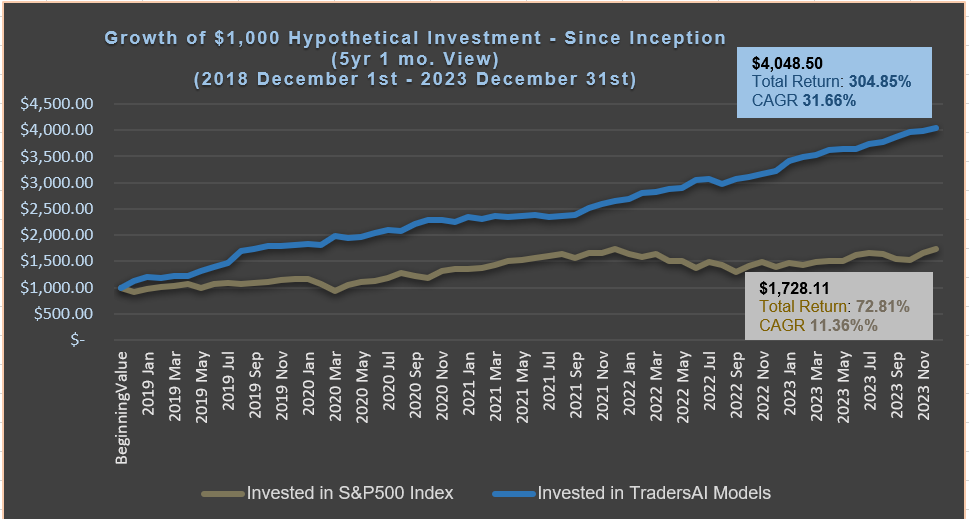The Last Hurrah or the Next Leg up of the Bull?
For the last couple of sessions we have been referring to the key 2830-2850 level for a breakout or rejection. We wrote, “A breakout above would have the bulls gunning for 2900 and then 2940, IF they can manage to close above the key levels today. Models caution against shorting for positional trades while above 2770”. That 2830-50 level was meaningfully broken out of and the index rocketed to already be in the 2900-2940 range within a session!
The spectacular recovery from the coronavirus bottom seems to have completely clobbered the bears in action, and any bears seem to be fast going into hiding or into deep draw downs which in turn could be leading to the ride up. While the directional speculation is anybody’s guess, we focus here on actionable trading in the S&P 500 Index – where to buy and where to sell today, if any!
Read below to check out our models’ trading plans for the day.
Trading Plans for TUE, 04/28:
NOTE: The index by itself is NOT tradable. The model plans here based on the S&P index level can be used to trade any instrument that tracks the index – the futures on the index (ES, ES-mini), the options on the futures (ES options), the SPX options, the ETF SPY are just a few examples of the instruments one can adapt these plans to.
Your results of implementing the following trading plans depend upon the time frame you choose to trade in (tick-chart, 1-min, 5-min, 15-min etc), the exact stop levels you use, the quality of the execution of your broker, the funding levels and margin levels of your account, your trading style and risk tolerance, and many other such factors.
These plans are NOT an investment advice to buy or sell any specific securities but are intended to aid – as informational, educational, and research tools – in arriving at your own investment/trading decisions. Always consult a Financial Advisor before making your investment/trading decisions if you are not sophisticated about these markets.
Medium-Frequency Models: Our medium-frequency models indicate going long on a break above 2944, 2922, or 2906 with a 14-point trailing stop, and going short on a break below 2935, 2917, 2890, or 2850 with a 14-point trailing stop. Models also indicate short exits at 2897, 2870, and 2857. Take these signals from 9:40am ET.
In order to not hold a position overnight in this extreme volatility, models exit any open position at the open of the second last bar (3:50pm bar or 3:55pm bar, depending on your platform’s bar timing convention).
To avoid getting whipsawed, use at least a 5-minute closing or a higher time frame – depending on your risk tolerance and trading style – to determine the signals.
Note: For the trades to trigger, the breaks should occur during the regular session hours starting at 9:30am ET. By design, these models do NOT open any new positions after 3:45pm. Only one open position at any given time.
Aggressive Intraday Models: For today, our aggressive intraday models indicate going long on a break above 2944, 2922, or 2906 with a 12-point trailing stop, and going short on a break below 2935, 2917, 2890, or 2850 with a 12-point trailing stop. Models also indicate short exits at 2897, 2870, and 2857. Take these signals from 9:40am.
In order to not hold a position overnight in this extreme volatility, models exit any open position at the open of the second last bar (3:58pm bar or 3:59pm bar, depending on your platform’s bar timing convention).
To avoid getting whipsawed, use at least a 1-minute closing or a higher time frame – depending on your risk tolerance and trading style – to determine the signals.
Note: For the trades to trigger, the breaks should occur during regular session hours starting at 9:30am ET. Due to the intraday nature of these aggressive models, they indicate closing any open trades at 3:58pm and remaining flat into the session close. No opening of new positions after 3:45pm. Only one open position at any given time.
NOTE: The trailing stop is activated at the entry price right when a position is opened. Remember that a “trailing stop” works differently from the traditional stop-loss order. Please bear in mind that the trailing stop’s trigger level would keep changing throughout the session (click here to read on the conceptual workings of a trailing-stop).
IMPORTANT RISK DISCLOSURES AND NOTICES – READ CAREFULLY:
(i) This article contains personal opinions of the author and is NOT representative of any organization(s) he may be affiliated with. This article is solely intended for informational and educational purposes only. It is NOT any specific advice or recommendation or solicitation to purchase or sell or cause any transaction in any specific investment instruments at any specific price levels, but it is a generic analysis of the instruments mentioned.
(ii) Do NOT make your financial investment or trading decisions based on this article; anyone doing so shall do so solely at their own risk. The author will NOT be responsible for any losses or loss of potential gains arising from any investments/trades made based on the opinions, forecasts or other information contained in this article.
(iii) Risk Warning: Investing, trading in S&P 500 Index – spot, futures, or options or in any other synthetic form – or its component stocks carries inherent risk of loss. Trading in leveraged instruments such as futures carries much higher risk of significant losses and you may lose more than you invested in them. Carefully consider your individual financial situation and investment objectives before investing in any financial instruments. If you are not a professional trader, consult a professional investment advisor before making your investment decisions.
(iv) Past performance: This article may contain references to past performance of hypothetical trades or past forecasts, which should NOT be taken as any representation or promise or guarantee of potential future profits. Past performance is not indicative of future performance.
(v) The author makes no representations whatsoever and assumes no responsibility as to the suitability, accuracy, completeness or validity of the information or the forecasts provided.
(vi) All opinions expressed herein are subject to change at any time, without any notice to anyone.





